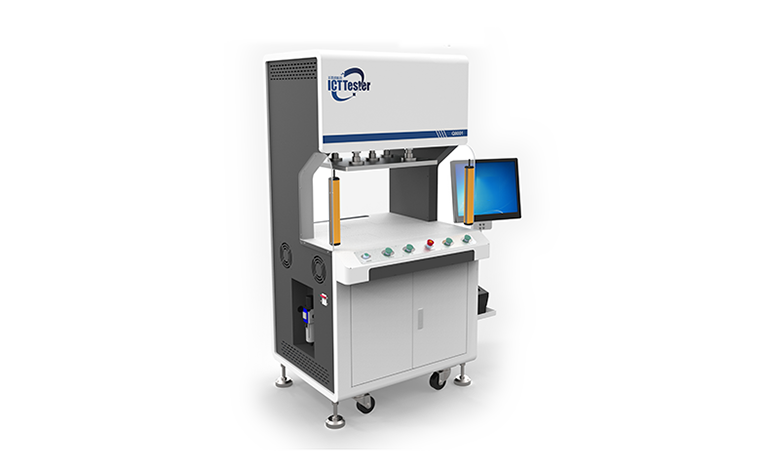



ICT Testing Equipment and How It Works

ICT (In-Circuit Test) is an essential step in the manufacturing process of electronic products. ICT testing equipment helps manufacturers ensure the quality and reliability of their products by testing the integrity of printed circuit boards (PCBs) and identifying any potential defects or faults. In this article, we will explore how ICT testing equipment works and why it is crucial for the electronics manufacturing industry.
ICT testing equipment is designed to test the electrical integrity of PCBs by checking for open and short circuits, resistance, capacitance, and inductance. The testing process involves the use of a bed-of-nails fixture, which makes physical contact with various test points on the PCB. Once the fixture is in place, a series of tests are performed to evaluate the functionality of the PCB.
The primary components of ICT testing equipment include a test fixture, a test program, and a controller. The test fixture consists of a grid of spring-loaded pins that make contact with specific test points on the PCB. The test program is a set of instructions that dictate the sequence of tests to be performed and the expected results. The controller is the interface that manages the testing process and records the test results.
During the testing process, the fixture makes contact with the test points on the PCB, and the controller sends electrical signals through the fixture to measure various parameters such as resistance, continuity, and component values. The test program compares the measured values against the expected values and identifies any discrepancies or faults. The test results are then recorded and analyzed to determine the overall quality and reliability of the PCB.
ICT testing equipment plays a crucial role in ensuring the quality and reliability of electronic products. By performing comprehensive electrical tests on PCBs, manufacturers can identify any potential defects or faults that may lead to product failures or malfunctions. This helps to prevent defective products from entering the market, thereby reducing the risk of product recalls and customer dissatisfaction.
Additionally, ICT testing equipment helps manufacturers improve their production processes by identifying any issues with the assembly or soldering of components on the PCB. By pinpointing and addressing these issues early in the manufacturing process, manufacturers can minimize waste, rework, and production delays, leading to improved efficiency and cost savings.
Furthermore, ICT testing equipment provides valuable data and insights into the performance and functionality of electronic components and assemblies. This information can be used to optimize design and manufacturing processes, improve product quality, and enhance overall product performance.
In conclusion, ICT testing equipment is a critical component of the electronics manufacturing process. By performing comprehensive electrical tests on PCBs, ICT testing equipment helps manufacturers ensure the quality and reliability of their products, improve production processes, and optimize product performance. As technology continues to advance, the importance of ICT testing equipment will only grow, making it an indispensable tool for the electronics industry.